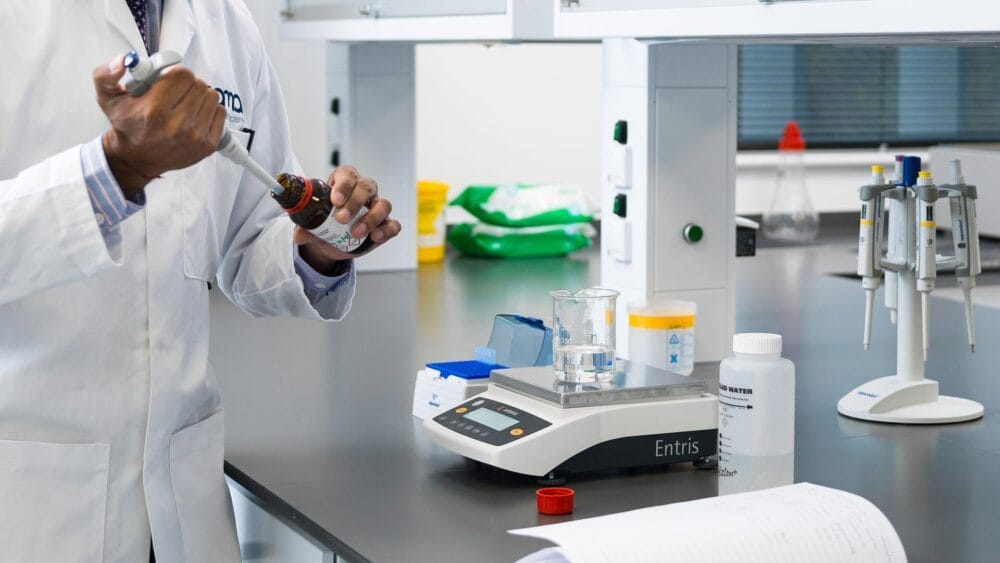Posted
22nd June 2021
Research
In honour of World Continence Week, we thought we’d set the record straight and shed some light on myths surrounding incontinence.
From “should I limit the amount I drink?” to “do pelvic floor exercises work?”, read on to discover 9 facts about incontinence.
Q) Can I control my incontinence by limiting the amount I drink?
A) Urinary incontinence is worsened by limiting fluid intake. Low fluid intake causes bladder irritation, further complicating the condition. However, the types of fluids consumed are also important. Caffeinated drinks, alcoholic drinks, and acidic fruit juices can irritate the bladder lining, undermining efforts against better urinary continence. As a general rule of thumb, water should be the primary fluid consumed throughout the day.
Q) If my accidents are infrequent, can I just use a sanitary towel as a pad?
A) Sanitary towels or other types of towels are not designed to catch urine and at best can cause minor irritation and itchiness, and at worst cause an infection. Pads designated for urinary incontinence are designed to collect urine in a sanitary and safe manner by using specific design and polymers.
Q) Do pelvic floor exercises work?
A) Pelvic floor exercises are a clinically proven non-invasive treatment that can improve continence for both men and women. The key is making sure they are done correctly and regularly. For the best results, it is recommended that pelvic floor exercises are done daily, minimum 3 times a day. You need to stick with it as it may take some time before you start to see the benefit of the exercises. Advice is also available from your local Bladder and Bowel, or Continence Service to support with a tailored pelvic floor exercise plan for the best results.
Q) Younger people don’t get taken seriously
A) It is often thought that younger people don’t get the same support as adults when it comes to continence care. Bladder weakness and incontinence, whether it is urinary or faecal, should never be ignored in young children or teenagers. Any problems with bladder or bowel continence should be thoroughly investigated to find out the underlying cause so that a treatment pathway can be found.
Some parents feel there is a lack of support but there are organisations such as ERIC who can help. They not only help with information for parents and carers but can help children understand what’s happening to their body in a simple and easy to understand way. Visit www.eric.org.uk for more information.
Q) Incontinence isn’t life threatening, so it’s something I should live with
A) Though urinary incontinence is not life threatening, it does threaten social and working lives and has a severe adverse effect on quality of life. Individuals afflicted with incontinence often find their life dictated by their accidents, fearing embarrassment in front of friends and co-workers. Incontinence unilaterally lowers one’s quality of life, so treating it is paramount.
Q) Incontinence only results from ageing
A) There are several causes of incontinence and while ageing may cause bladder muscles to weaken overtime, one of the major causes of urinary incontinence is obesity. Obesity causes weaker pelvic muscles and pressure on the bladder from extra weight, laying the perfect foundation for urinary incontinence to occur. In addition to this, Type II diabetes—a common result of obesity—can cause nerve damage throughout the body. This includes nerves that control the bladder.
Q) Is urinary incontinence and overactive bladder (OAB) the same thing?
A) Not necessarily. There are various types of urinary incontinence, and having an overactive bladder is only one of them. With OAB, people feel an intense desire to visit the bathroom more than is ‘usual’. This is most closely related to urge incontinence, when people leak urine without wanting too. Whilst the two conditions can occur together, it is possible to have one without the other.
Q) What causes urinary incontinence?
A) There are many possible causes of urinary incontinence, bladder weakness or bladder problems, including:
– A weakening of the pelvic floor muscles as a result of vaginal childbirth.
– Conditions that affect the nervous system and therefore the communication between the brain and the bladder, for example a stroke, multiple sclerosis, Parkinson’s disease or a spinal cord injury.
– Birth defects of the urinary system.
– Injuries from an accident.
– Certain medications such as anti-depressants, sedatives, diuretics, or muscle relaxants.
– Certain medical procedures such as prostrate surgery.
Q) What causes faecal incontinence?
A) There are many causes of faecal incontinence, including constipation, diarrhoea, muscle damage, nerve damage, reduced elasticity, rectal prolapse, rectocele and haemorrhoids.
We hope we’ve helped bust some incontinence myths. To find out more information about our incontinence care range, visit our Contiplan page. Alternatively, you can visit our Amazon Contiplan store. Help spread the word by sharing this article on social.
SHARE THIS ARTICLE
Tags
Latest News
Introducing HEXI HUB: A seamless transition in our product line
We’re pleased to announce an update to our product offering…
Innovative solutions for tackling Carbapenemase-producing Enterobacteriaceae (CPE) at King’s College Hospitals
King’s College Hospital NHS Foundation Trust, one of London’s largest…
Gloves Off: reducing unnecessary plastic waste during environmental cleaning and disinfection
In this blog, Dr Phil Norville discusses the momentum-gaining ‘Gloves…
Gloves Off: Navigating SDS sheets and skin safety claims in environmental decontamination products
In this blog, James Clarke (Head of R&D, Science &…




